Landscape Turf Buying Guide: Learn About Artificial Grass
Maybe you’ve been considering landscape turf grass for a while now, but weren’t sure where to start. Maybe you regularly dream of a maintenance-free landscape. Whatever your reasons, we’ve got the info you need to choose the artificial grass that fits your needs.
Part of the appeal of artificial turf grass is the fact it’s always green. There’s no need for wasting valuable water or abusing your lawnmower to achieve greatness because it’s already great.
If this appeals to you, kick back and relax, and get ready to learn more about landscape artificial grass.
What is Artificial Grass?
Let’s start with the basics: Artificial grass, also known as artificial turf, is a man-made synthetic grass made from durable, synthetic fiber materials like Nylon, Polyethylene, or Polypropylene. Most artificial grass is designed to withstand the outdoor elements, so it’s UV stable, heat-resistant, and frost-resistant.
Synthetic turf allows you to transform your yard into a place where you can relax and enjoy the great outdoors. Whether you need space for your kids to play or room for your pets to roam, you can, your lawn can reach its full potential with low-maintenance, lush artificial grass.
| Related Content >> Best Artificial Grass Options |
About Artificial Landscape Turf
Now that you know the basics let’s take a moment to look at landscape artificial turf specifically.
Most fake grass for landscape is going to look like real grass blades. Manufacturers are working hard to make artificial turf look more realistic and feel more realistic than ever before.
Artificial turf grass mimics real grasses found throughout the United States. For example, artificial grass that looks like bermudagrass is popular on the West Coast.
Landscape artificial turf is UV stable and often heat and frost resistant for high durability. It’s made to last outdoors for a very long time!
It’s also perforated for drainage and it tends to be more dense and plush than other types of artificial turf.
Landscape turf is also used indoors or outdoors. Usually, this artificial turf is low-pile and not as realistically made. It can even come in different colors! This landscape turf is temporary or installed on patios.
| Related Content >> How to Choose Artificial Turf Infill |
How to Install Artificial Landscape Turf
Artificial grass is easy enough to install that many people choose to make it a DIY project. In four simple steps, you can completely transform the look of your lawn. It saves you some money on installation, and of course, you get the bragging rights to say you did it yourself.
Here’s how to install artificial grass on your own:
- When installing turf over the ground, start by spreading out weed fabric so weeds don’t grow underneath the turf. To install over concrete, you can add turf padding for improved safety and comfort.
- Roll out the turf over the installation area. If you have multiple rolls, tape or staple the edges together.
- Trim the outer edges of the turf and fasten them with nails, double-sided tape, or adhesive as appropriate.
- Finally, spread infill over the surface to weigh it down. Rake the surface so the blades stand up and create a more natural look.
Essential Installation Accessories
- Weed fabric: You don’t want weeds and grass poking through your perfect lawn. You’ll need to lay this down first.
- Infill: Infill helps hold your turf down and keeps the blades standing up for a natural look.
- Staples and nails: Nails will hold the edges of the turf down, while staples are great for holding seams together. You’ll need both.
- Seam tape and adhesive: If you don’t want staples, you can always use seam tape to stick turf together. Easy as pie.
- Lawn pads: For some extra cushion under your feet, lay down a lawn pad. If you have some kiddos running around, these are fall height-rated for safety.
Look twice at your manufacturer’s instructions to make sure you have all the tools you need to make your landscape look amazing.
If you’re like me and need some visual learning, we have a great video on how to install artificial grass:
Which Infill Should You Choose for Landscape Turf?
You have a lot of options for artificial grass infill, and they all have different pros and cons. The best option for you will depend on your specific needs. The good news is that you can combine different infills to enjoy the benefits of both.
Artificial Grass Infill Options
- Crumb rubber infill: Rubber infill is the most popular and common infill used for landscaping, athletic turf fields, and more. It adds bounce to your turf, which helps to reduce athletic injuries. The downside is that it heats a lot in the sun, so maybe this isn’t the best option for your lawn.
- Silica sand: This is the cheapest infill option, and the second most widely used. Sand tends to be cooler in direct sunlight than rubber. It also eliminates some odors naturally. The downside is that it’s very abrasive.
- Durafill / EnviroFill: Though they have different names, Durafill and EnviroFill are the same. This infill is made from manufactured sand with rounded edges. This makes it safer for kids to play on, and it’s slightly better at shock absorption than regular sand.
- Hydrochill: Hydrochill (a.k.a. Chill fill) is designed to cool your turf and prevent it from getting too hot in the sun. It’s made from sand with a special coating that promotes evaporative cooling. Just spray the turf down and enjoy the refreshing coolness.
- ZeoFill / zeolite max: Zeolite infill (a.k.a. Zeofill or Zeolite Max) is the best infill to use to help eliminate pet waste smells. It’s a natural material that’s pet-safe. Zeolite is also very porous which helps to keep your turf cooler in direct sunlight.
How to Clean and Maintain Artificial Landscape Turf
Artificial grass is a low-maintenance alternative to conventional grass. Easy to clean and maintain, landscape turf is an attractive element in your yard that you don’t have to work hard to upkeep. You don’t have to water it, mow it, or trim any edges!
To keep landscape turf looking its best, make sure to rake up any stray leaves or other debris. If it gets dirty, dusty, or muddy, simply hose it down and leave it to dry. If the blades start to look flattened, you can “bloom” the turf by raking it and adding infill if any is lost or washed away.
Pros and Cons of Landscape Artificial Turf
Pros
- Bye-bye bugs: You’ve got artificial grass covering your lawn. That means bugs will be a thing of the past. Everybody wants fewer creepy-crawlies when enjoying their yard.
- Maintenance-free: One of the best things about artificial grass is that you don’t have to mow or water it. The heat-of-the-day labor is gone for good.
- Forever green: To keep your natural grass green, you might end up using more water than your city can afford to lose. No need to sweat a water shortage; this lawn is green without the water.
- Eco-friendly: Artificial grass is made of recycled materials and has a measurable, positive impact on the environment.
Cons
- Expense: Buying and installing artificial grass can get expensive upfront. You need accessories and time to get the perfect lawn. But it pays for itself in the long term, while natural grass continues to rack up expense.
- Heat: When the heat rises, so does the temperature of your artificial turf grass. The good news is, you can mitigate the heat with a cooling infill or even cooling landscape turf.
Landscape Turf FAQs
Still have some questions? No problem! We’ve got the answers to the most common questions about artificial turf
Can I just lay down artificial grass on soil?
It’s not a good idea to lay artificial grass over bare soil or existing vegetation. Even with the turf roll on top, weeds will be able to grow and poke up through your fake grass. To remedy this, spread out weed fabric before installation.
What is the best thing to put under artificial grass?
You should always place weed fabric under artificial landscape grass to prevent any weed growth under the turf. If you’re installing it over concrete, you can lay out turf padding to add some extra cushion.
How long will artificial grass last?
Artificial grass is a very durable outdoor flooring option that resists fading, heat, and frost. With regular maintenance and proper care, artificial grass can last up to 20 years. Just rinse it off every month, rake it to “bloom” it and remove any debris, and make sure there’s always plenty of infill.
Can you pressure wash artificial grass?
If you pressure wash artificial grass, you can wash away the infill that keeps the blades standing up straight and protects the base of the blades. For that reason, power washing is not recommended. Instead, you can easily clean artificial grass by hosing it down.
Do you need drainage for fake grass?
When installing fake grass outside, you don’t need to worry about designing any special drainage system. The backing of artificial grass is porous, so it drains just as easily as natural grass without any extra effort from you.
How much does artificial grass cost?
Artificial grass costs around “$2 to $8 per square foot” according to HomeAdvisor. Of course, this will depend on the brand and the type of artificial grass you choose.
Artificial grass with a higher face weight or thickness will be more expensive, because more material is used, and it’s going to be more durable. You should also keep in mind that smaller artificial grass rugs will often cost more per square foot than larger artificial grass rolls.
Is artificial grass better than real grass?
In terms of maintenance, artificial grass is better than natural grass. You don’t have to water, mow, or trim it. In fact, it will actually save you time and money in the long run because your water bills will be smaller and you don’t have to invest in lawn tools. However, natural grass is more sustainable. Synthetic grass is made from plastic.
| Related Content >> Pet Turf Buying Guide |
Conclusion
At the end of the day, if you live in a hot climate, or you just want to spend less time working on your landscape and more time enjoying it, artificial grass is the way to go.
Landscape artificial turf is the only way to guarantee a perfect lawn and a lower water bill. After all, we could all use more time enjoying our backyard paradise.











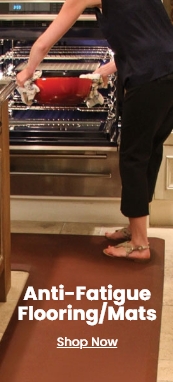

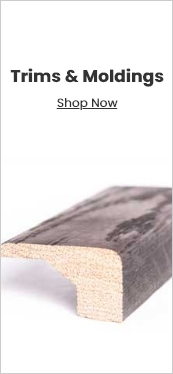


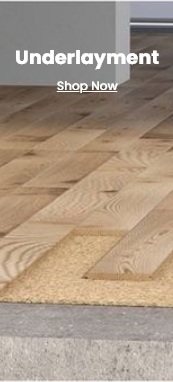


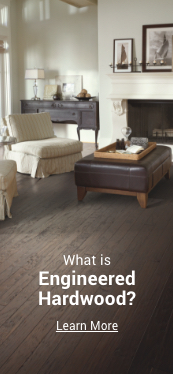

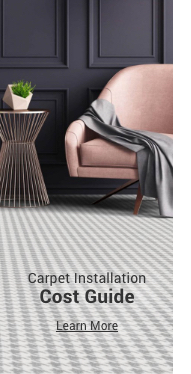
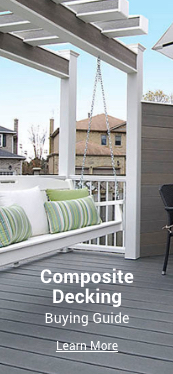

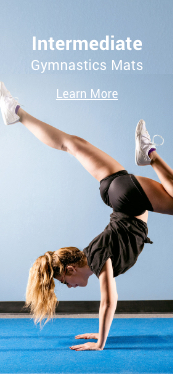
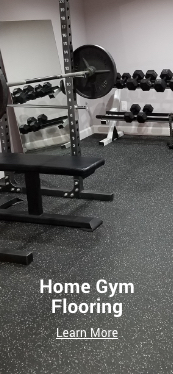

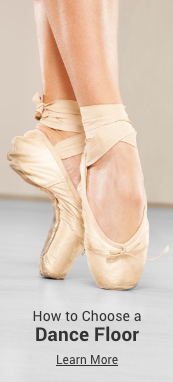
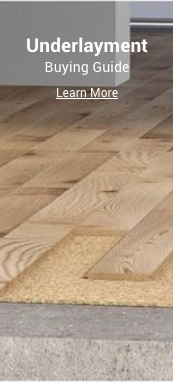


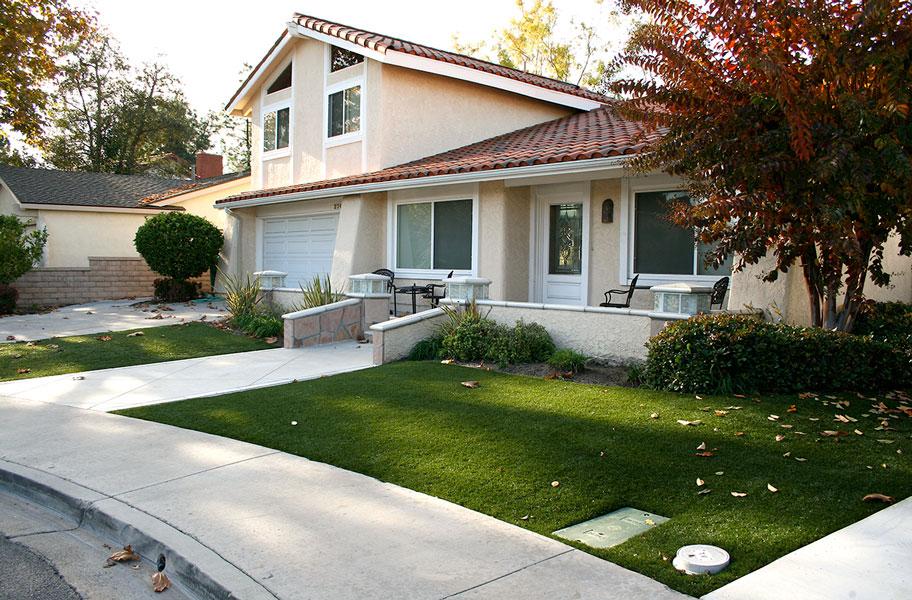
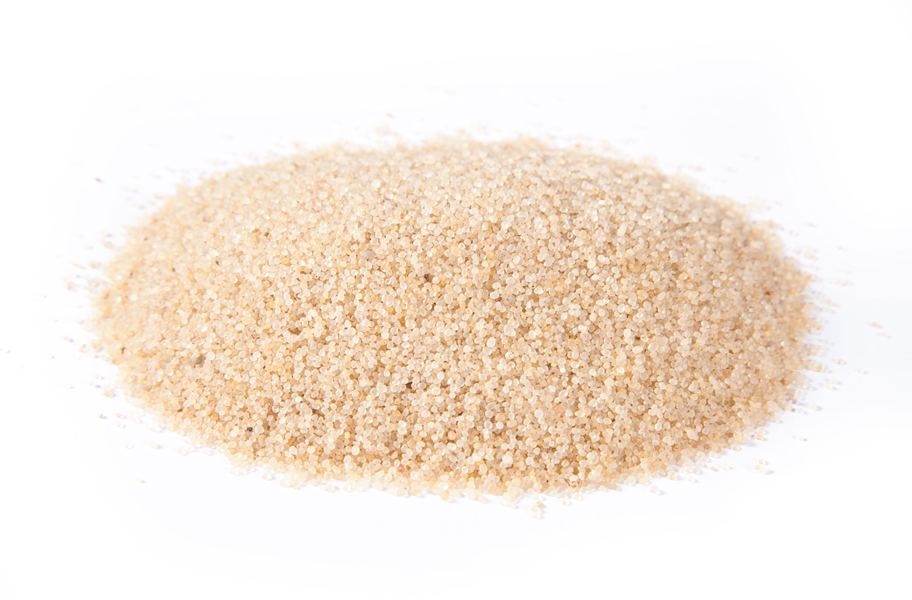
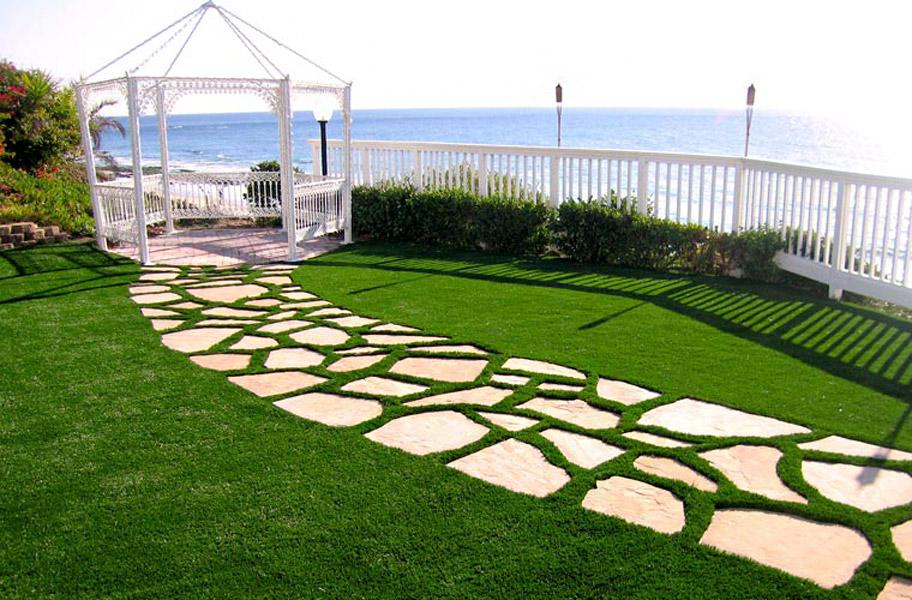
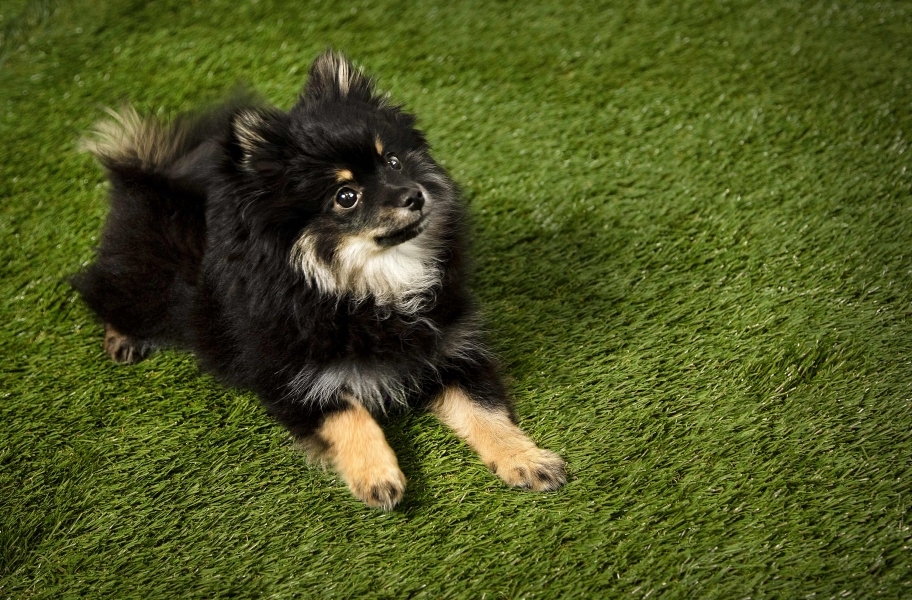
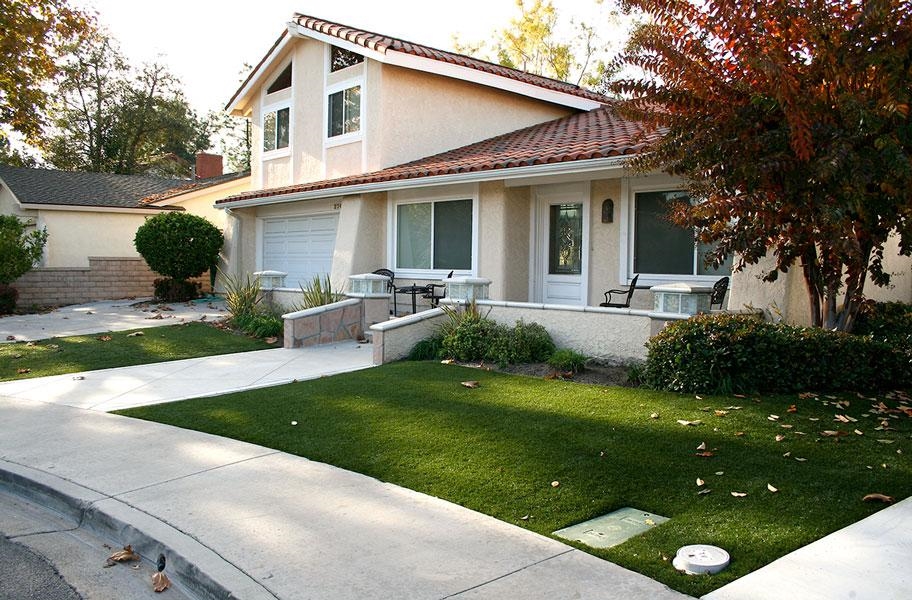


I was very surprised to learn that artificial grass is made of only recycled materials, so they are really environmentally friendly! My sister is very environmentally conscious, and I didn’t know why my sister was considering getting artificial grass. After reading your article, it makes sense to me now that she is still being very environmentally conscious!
I love how I learned so much while reading this. l must share post! A must share post
Such a great and informative post. This can be a big help for me with my future project
This was really a great post to remember. love the topic
Thank you, Gerald!
Such a great and informative post. This can be a big help for me with my future project
That’s great, Jay!
Hello! This is my first visit to your blog! We are a team of volunteers and starting a new initiative in a community in the same niche. Your blog provided us useful information to work on. You have done an outstanding job.
Thanks, Tyron!
Such a nice place to go fishing, this is so perfect, Also the view is very nice and calm it’s so very relaxing
Great!
This was really a great post to remember. love the topic
Thanks, May!
Great article. This is a topic I know I need to learn more about
Thanks!
Great information. You always bring us up to date information, stated in easy to understand terms and It is not overwhelming. I appreciate that and I look forward to what is next.
Thanks!
Thank you a lot for providing individuals with a very spectacular possibility to read critical reviews from this site.
My partner and I stumbled over here different website and thought I might as well check things out. I like what I see so now I’m following you. Look forward to checking out your web page repeatedly.
Glad you like what you see, Russ!
This helped me understand some good ways to get started. Thank you.
Great, Christoper! You’re welcome!
Great information. You always bring us up to date information , stated in easy to understand terms and It is not overwhelming. I appreciate that and I look forward to what is next.